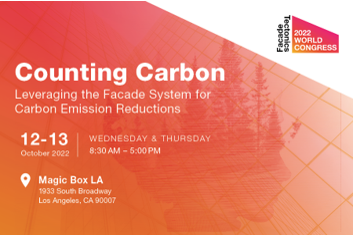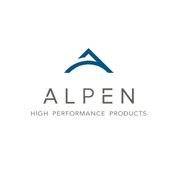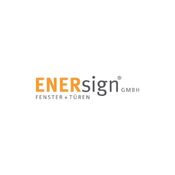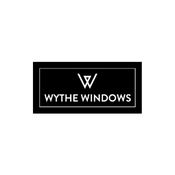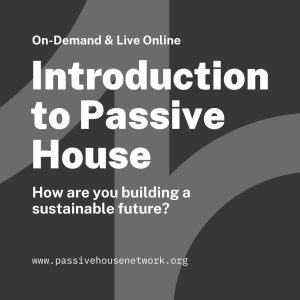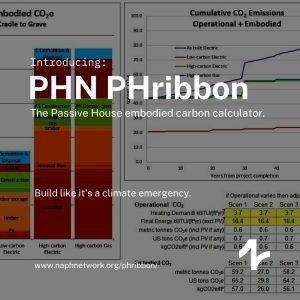A Passive House Network Symposium
Fenestration Focus
Scaling High-Performance Domestic Supply & Demand
Wednesday, March 9, 1 – 5 PM ET
In Cooperation with:
The Passive House Institute & The Facade Tectonics Institute
The Passive House Standard has driven a global shift in the performance expectations of what a fenestration system can and should provide, and as demand grows is transforming fenestration manufacturing from Ireland to China. Domestic demand and production are growing too, but how do we accelerate this trend? How can we support and transform our local fenestration industry to produce and deliver the fenestration products with performance metrics that we want and need?
Special Thanks to our Certified Passive House Window Supplier Sponsors :
Session 1
1 – 3 PM ET
Metrics & Certifications
Glass | Spacer | Frame | Installation
The Passive House Standard pays detailed attention to doors and windows. It breaks down these critical components into these specific elements: glass; spacer; frame and installation. It further requires that each element meet specific performance metrics and that all work together to deliver customized metrics specific to each window. This granularity is what sets Passive House Certified windows apart.
North American Fenestration Rating Council (NFRC) calculates window performance using a different algorithm and delivers performance outputs as a whole window rating. This sets up confusion between the two rating systems, which are not interchangeable and hinders the U.S.-made fenestration products from being specified for local Passive House projects.
This session will provide a broad overview of the two systems, to form a baseline understanding for what each certification framework does, looking at how we can use both pathways to support better building outcomes.
Session 1 Agenda
Introduction by Bronwyn Barry, Founder passivehouseBB
Fenestration Certification Overview: Metrics and Certification Standards, Targets & Process. by Adrian Muskatewitz, PHI
Translating PHI metrics into American – How does this stack up with NFRC and US window certification and what’s the converter? by Daniel Haaland, RDH
Looking at both frameworks to weigh impacts and benefits. by Helen Sanders, Technoform, FTI
Panel Discussion, moderated by Bronwyn Barry
Session 2
3 – 5 PM ET
Policy Mechanisms to Accelerate High-Performance Demand & Scale Manufacturing
Codes | Incentives | Training | Rebates
We know high performance windows are available on the US market, but aren’t often specified. What are the policy mechanisms we can use to increase specification of existing products to accelerate the production of more high performance windows? Can increasing Passive House Certified windows play a role in this local market transformation? In this session we’ll explore possible code barriers to scaling high performance fenestration growth. We’ll also share solutions being used elsewhere to drive market transformation of this important building envelope component.
Session 2 Agenda
Policy Levers & Opportunities by Bronwyn Barry
What Drives Innovation Forward, by Stephen Selkowitz, LBNL, PAWS
PHI Curtainwall design experience by Peter Dushenski, GlasCurtain
Panel Discussion, moderated by Helen Sanders, Technoform, FTI
Speakers

Adrian Muskatewitz, Passive House Institute (PHI)
Adrian Muskatewitz studied structural engineering and energy-efficient building design with a focus on technical building equipment and building physics. Employee at the Passive House Institute since 2012, he focuses on product development and certification of components, as well as the dynamic simulation of buildings and trains planners and certifiers. He conducts research in the field of summer comfort and solar-electric cooling. He is a visiting lecturer in Building Climatology at the Vietnamese German University.

Bronwyn Barry, passivehouseBB & PHN
Bronwyn Barry is a registered architect based in San Francisco, CA, and a principal of her firm Passive House BB. Bronwyn Co-founded both Passive House California (PHCA) and The Passive House Network. She was an active contributor to the UNECE’s Coalition on Buildings, working to develop a global standard for high-performance buildings. Bronwyn has contributed as a subject matter expert on a number of research projects in collaboration with researchers at Lawrence Berkeley National Labs (LBNL). Most recently she worked with California’s Codes and Standards team on exploring a Multifamily Passive House Reach Code for California. Bronwyn holds a Bachelor of Arts from the University of Natal-KwaZulu.
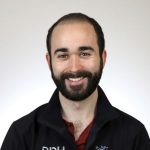
Daniel Haaland, Associate, Building Science Engineer, RDH
Daniel leads our Thermal Simulation team, our in-house group dedicated to analyzing the thermal performance of building enclosure systems and assisting clients in achieving their low energy/high-performance targets. As the lead author of several industry guidelines and standards related to thermal modeling, including the CSA Z5010 Standard and the THERM PH Window Simulation procedure, Daniel is an industry leader in this field. Prior to joining RDH, Daniel completed a master’s degree in Building Science at the University of Toronto, where his research focused on indoor air quality and occupant comfort.

Helen Sanders, Technoform & Facade Tectonics
Helen Sanders has 25 years of experience in glass technology and manufacturing, with expertise in functional coatings, insulating glass and thermal zone technologies for fenestration. She is an active member of several industry organizations, including president of the Facade Tectonics Institute, vice president of the Insulating Glass Manufacturers Alliance (IGMA), and immediate past president of the Glazing Industry code committee. She has a Master of Arts in Natural Sciences and doctoral degree in Surface Science from the University of Cambridge, England.

Peter Dushenski, Managing Director, GlasCurtain
Peter Dushenski is the Managing Director of GlasCurtain. Peter lead the company to several industry firsts including the highest thermally performing curtain wall in the world based on Passive House (PHI) certification – rated to R9.5. Peter has previously been invited to speak at the Canada-EU Green Building Forum in Brussels, Belgium, at Ecobuild in London, UK, at Canada Green Building Council National Conference, at Construction Specifications Canada National Conference, and at BUILDEX Vancouver. Peter lives in Edmonton, Alberta, Canada, is happily married and the proud father of two little boys.
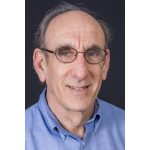
Stephen Selkowitz, LBNL & Facade Tectonics
Stephen Selkowitz is a retired Senior Advisor for Building Science, and former Group Leader, Windows and Envelope Materials Group, and Department Head, Building Technologies, at Lawrence Berkeley National Lab. He is a past Board member of the National Fenestration Rating Council and the Attachment Energy Rating Council and a current Board Member of the Façade Tectonics Institute. He is now a consultant to the building industry and serves on scientific advisory groups for sustainability and building efficiency initiatives in the U.S., Asia, and Europe. Selkowitz holds a BA in Physics from Harvard College and an MFA in Environmental Design from California Institute of the Arts.

